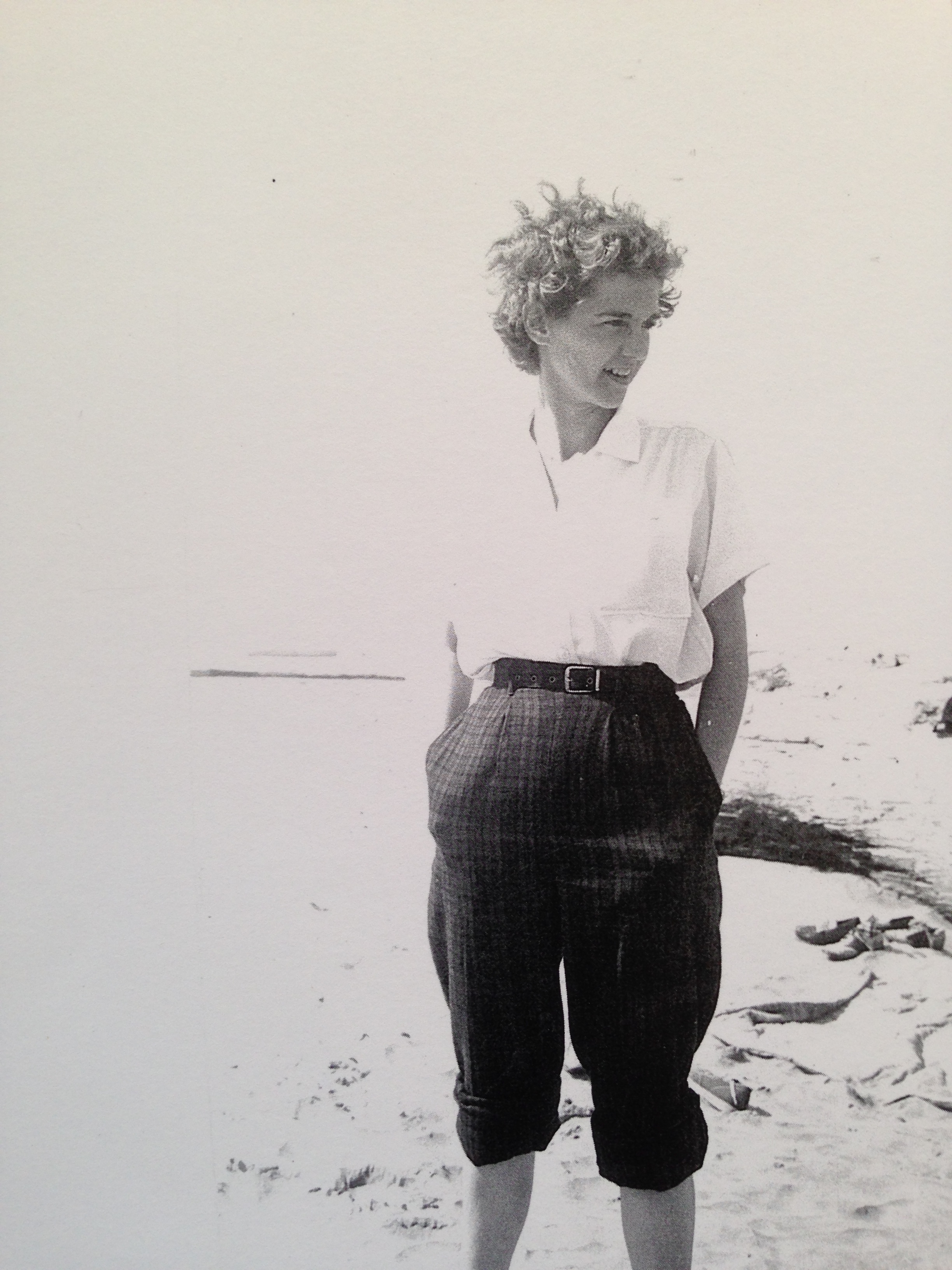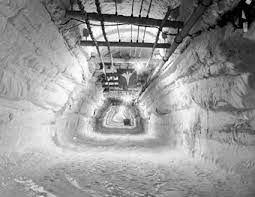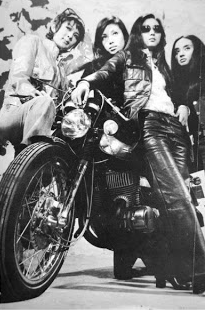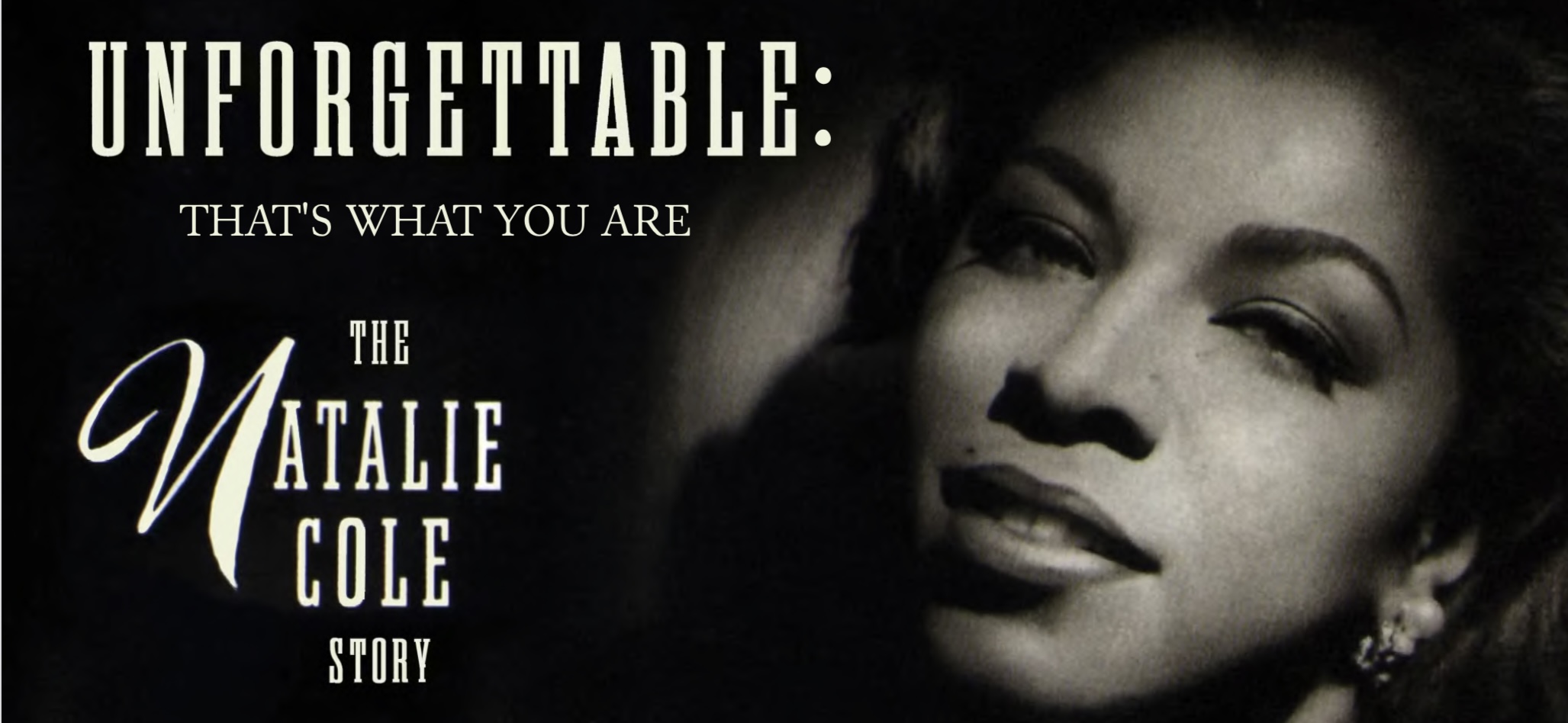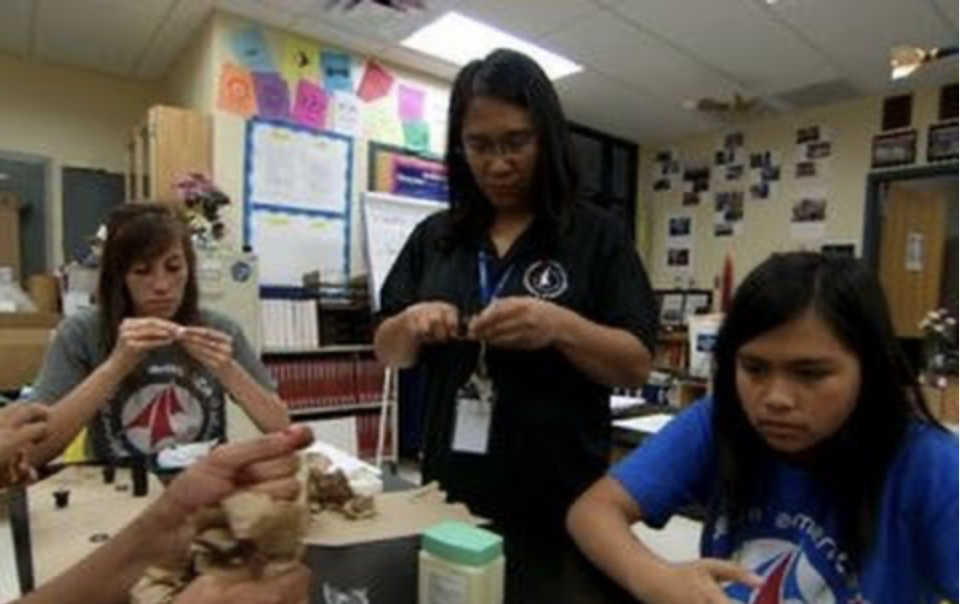Bound by Ice
BOUND BY ICE. Chicago, 1961: Lucy Bledsoe, a closeted lesbian scientist at a Cold War research facility, leads a double life. When she discovers dangerous military secrets, she risks her life, her lover and her job to reveal them.
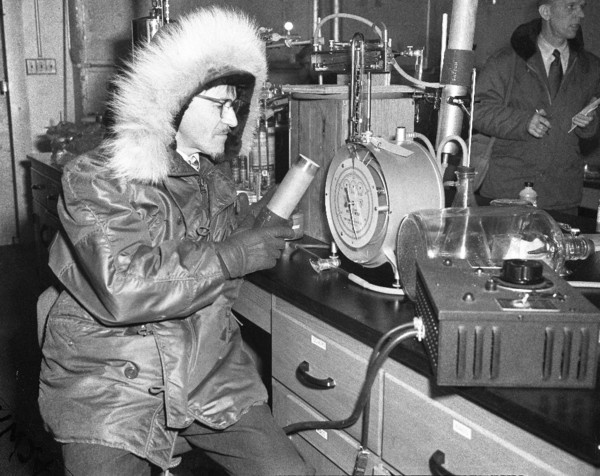
BOUND BY ICE. Chicago, 1961: Lucy Bledsoe, a closeted lesbian scientist at a Cold War research facility, leads a double life. When she discovers dangerous military secrets, she risks her life, her lover and her job to reveal them.
BOUND BY ICE is a drama with thriller and romantic elements, based in part on the actual life of Lucy Bledsoe, a lesbian science editor working at a government-funded Cold War ice research facility in 1961-62. Her lab studies ice cores drilled at a secret US Army outpost in Greenland. Lucy is required to sign a government loyalty oath in order to take the job: if unmasked as a queer person, she could be fired from her job and thrown in jail for “subversion.” But then she falls in love with Charlene (Charlie), a butch African-American cab driver and photographer, and they embark on a secret, risky love affair. Later, Lucy discovers the Army’s dangerous military plan to store nuclear missiles under the ice in Greenland. Sent to work in the field, she finds proof of the plan, and other challenging information, and makes the agonizing choice to blow the whistle, risking her job, her relationship, and possibly her life. Throughout the story, she faces the choice between her love of science and her love of women, trying to “have it all” in an era in a sexist era that did not welcome women into the sciences. If “having it all” was difficult for most women in the late 1950s/early 60s, it was nigh on impossible for lesbians of that period. Adapted from the semi-fictional A Thin Bright Line, the historical facts of the story are sometimes harder to believe than its fictional elements: In the late 1950s, the United States Army Corps of Engineers built an under-ice outpost, Camp Century, in a remote part of the Greenland Ice Sheet. Ice cores were drilled there by scientists from a Chicago-area center, the Snow Ice Permafrost Research Entity (SIPRE), which was pioneering the study of climate change through isotope analysis of ice cores. The Army also hoped to put mobile nuclear warheads on a railway system built under the ice, where ICBMs could quickly strike the USSR. This plan, Project Iceworm, was fortunately never implemented. However, Camp Century was powered by the world’s first portable nuclear reactor. In our story, Lucy also finds evidence that the reactor may be leaking, endangering the soldiers and scientists working there. Lucy faces choices based on internal conflicts: does she forgo the pursuit of love in order to safeguard her career? Can she expose the ill-conceived military plan to put nuclear warheads under the Greenland ice without jeopardizing Army funding of the ice core research? By the end of the story, does blow the whistle, destroying her career and imperiling her beloved ice research. Today, as the Greenland Ice Sheet melts, the nuclear, industrial and human waste left behind when it was closed are expected to surface in the next 50-80 years, creating a looming environmental disaster in Greenland in the 21st century.
